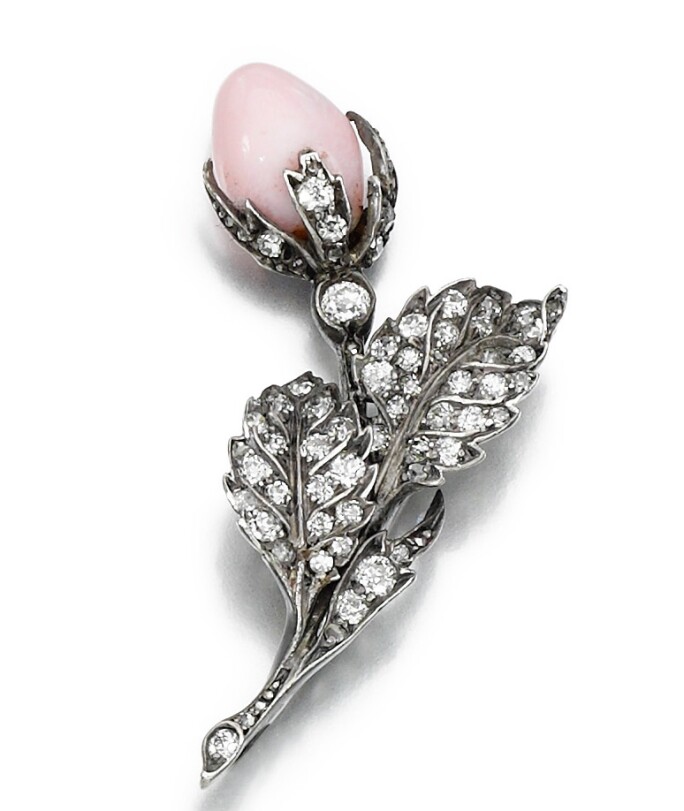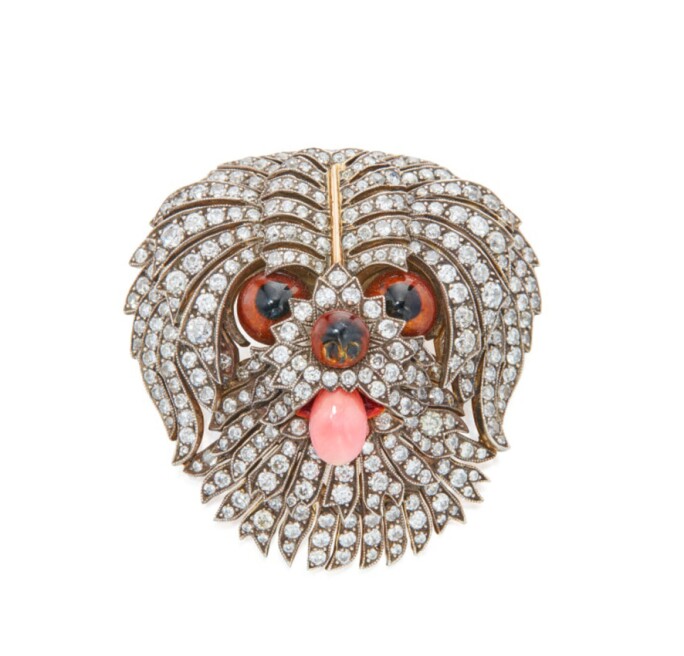T he significance of pearls can be traced back millennia, with records of these ocean treasures being presented as gifts to Chinese royalty as early as 2300 BC. The Romans prized pearls as the ultimate status symbol. In fact, in the 1st century BC, Julius Caesar created a law to allow only the ruling classes to wear pearls as a reflection of their lofty position in society.
Pearls remained an elusive and exclusive commodity until the 1920s, when methods to artificially cultivate pearls, known as cultured pearls, were finally perfected. However, there are some types, including the pastel-hued conch pearl, that are immune to this type of human intervention, meaning they can only be discovered and not created.
Exceedingly rare conch pearls are produced naturally by the Queen conch mollusc. They are formed when a tiny speck of debris enters the mollusc’s shell and is surrounded by fibrous crystal layers that slowly form a pearl. Unlike traditional pearls, conch pearls are not made of nacre, meaning they don’t share the same iridescent lustre. Instead a conch pearl exhibits a wave-like ‘flame’ pattern that appears to shimmer across its surface – the more intense the flame display, the more highly-prized the conch pearl will be.
The finest conch pearls are typically oval-shaped in shades of white, beige, yellow, and many varieties of pink. Chocolate-brown conch pearls are the rarest, but the most in-demand boast salmon pink tones and saturated pink colours that create a flaming display of light. Although it is unusual to find a conch pearl that exceeds three millimetres, there are some examples of large conch pearls, including a 45 carat, pear-shaped reddish-pink conch set into a necklace by Harry Winston in the 1980s. It was later worn by the actress Elizabeth Taylor and today its whereabouts is unknown.
In fact, the 1980s were an important time for conch pearls. American jewellery house Harry Winston acquired a selection of conch pearls in the decade, while Japanese pearl specialist Mikimoto also began diversifying its world-leading cultured pearl offer with rarer, natural pearls. The result was a revived fascination with these naturally-occurring treasures that are entirely unique and devilishly difficult to find.





